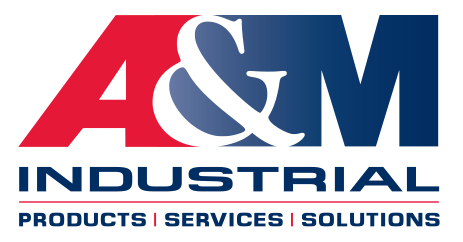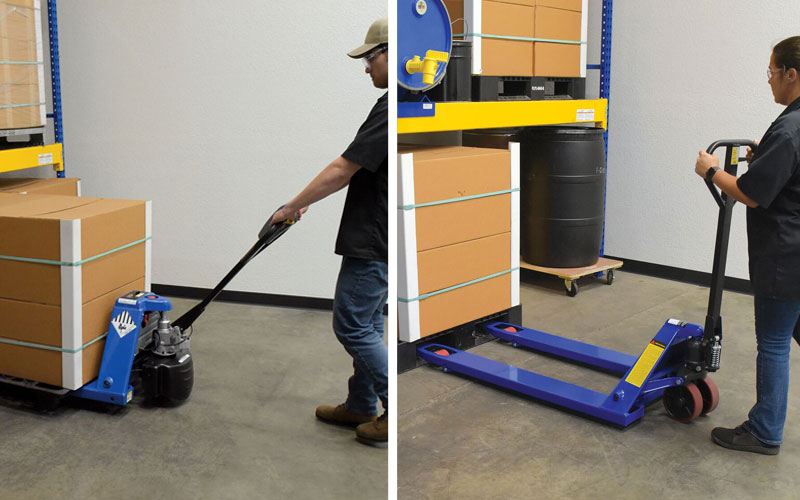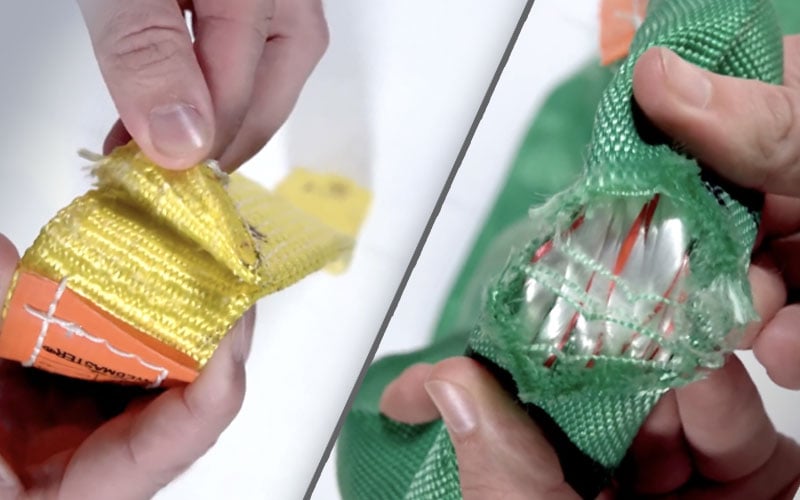Four Steps To Choosing The Right Gloves For Manufacturing Work
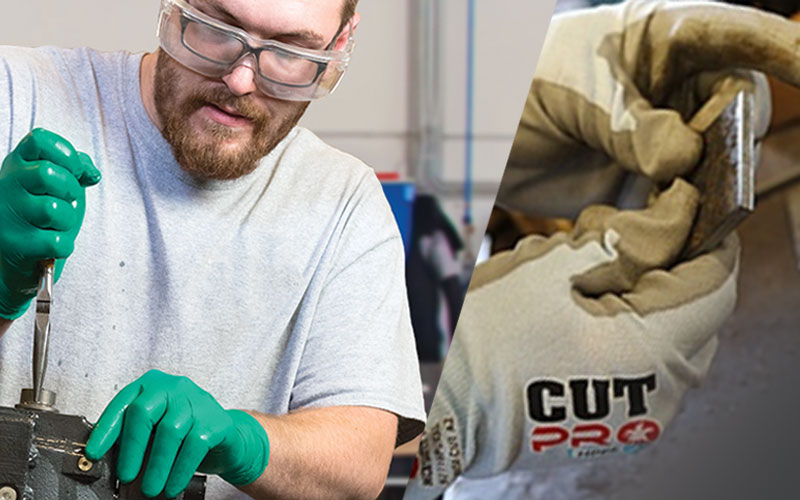
Gloves provide vital protection from hand injuries in the workplace. Safeguarding hands from workplace injuries and ensuring the proper level of protection is crucial. Selecting the appropriate gloves for you and your employees can be challenging with so many options available. Use our four-step checklist to help you determine the right gloves for the job, every time.
1) Assess the Application
Assess the application being performed by workers, which includes material being handled. Within the manufacturing industry, there are literally endless applications workers perform: automotive assembly, CNC machining, small part handling (such as handling nuts and bolts for example), steel/metal Rolling, wiring, and more. Every application and task is different and will most likely require a different glove. There isn’t a one-all glove that provides the right level of protection for all machining or manufacturing tasks. Each task may require a different glove for factors including:
Dexterity: Dexterity can be a vital factor if the worker is handling small parts. That, in turn, means that you will need lighter weight materials to increase sensitivity and flexibility. Yet, you will also have to balance that against the hazard protection requirements present in each specific task.
Fit and Comfort: Gloves need to fit and be comfortable if your workers are actually going to wear them. In fact, you are not really going to know what works best for you and your application until you put the gloves on your hands and get to work. Evaluating gloves should factor in both fit and comfort, just as highly as assessing the necessary overall protection needed.
Grip & Sensitivity: If an object is oily or wet, it could easily slip from your grasp. This poses yet a different type of hazard: dropping objects, damaging equipment, or even injuring workers. In this case, coatings and textures applied to a glove can come into play, increasing one’s gripping ability. In addition, should an application required contact with a touchscreen, you'll want gloves to be textured or 'touchscreen-friendly' to allow a worker to interact with the screen without having to remove their gloves.
2) Determine the Hazard
The second step is to review the overall hazards involved. OSHA has created an excellent tool for helping in this area, the OSHA Job Hazard Analysis. This will help you know where to begin and how to identify workplace hazards. Here are some common hazards that we know gloves address across the manufacturing industry:
Physical Hazards/Cut Hazards: This assessment needs to consider the exposure to sharp objects, which increase the risk of abrasions and punctures. Some glove materials are excellent in protecting against abrasions but offer limited protection from cut hazards. In addition, consider where abrasions and punctures are most likely to occur: fingers, palm, or top of hand. Choose the right cut & puncture resistant gloves once these considerations are made.
Chemical Exposure: Will you encounter general liquids or harsh industrial chemicals? Will this entail brief exposures or will your hands be submerged in the chemicals? The chemical’s (lubricant or metalworking coolant, for example) Material Safety Data Sheets can offer further insight into the protection your chemical resistant gloves will need to provide.
Electric Exposure: potential exposure to live electricity requires rubber-insulated electrical protection gloves that mitigate the risk of electric shock.
Temperature: Heat or cold temperature protection may also be required. This may mean that insulated gloves are needed. Arc flash & flame protection gloves, welders & heat protective gloves may offer the protection your application requires.
3) Focus on Job Specifics
Based on the above information realized in step 1 and 2, this step should be rather simple. In this step, focus more on the specifics surrounding each identified hazard. For example, if cut resistance is required, what is the ANSI/ISEA 105-2016 cut level needed? It is up to each company to determine what specific protection levels are needed for PPE worn. Contact our Safety Team for recommendations for each specific application.
4) Understand New Glove Requirements
Consider what any potential new glove needs to address, which is most likely what the current glove is not offering. Does the current glove provide the appropriate protection? If not, what needs to be changed or improved? Considerations include:- What are the current gloves' wear areas?
- How long do the current gloves last? (In hours, days, or weeks.)
- What is your current monthly consumption in pairs?
- What is your current costs per pair?
Operational expenses impact the bottom line. This realization leads many companies down the wrong road, purchasing gloves based solely on price. Safety gloves are certainly products that hold true to the saying 'you get what you pay for'. Review and consider the performance of your current gloves and be sure to address any concerns you or your team may have regarding glove wear, fit, comfort, and protection. With that in mind, it is good practice to involve employees in the glove review and selection process.
Need Assistance Selecting the Right Glove For Your Manufacturing Application?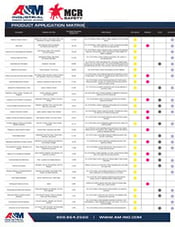
Contact our expert Safety Team for product selection assistance, or download the MCR Safety Application Matrix to identify the appropriate PPE required for a variety of common manufacturing applications.
